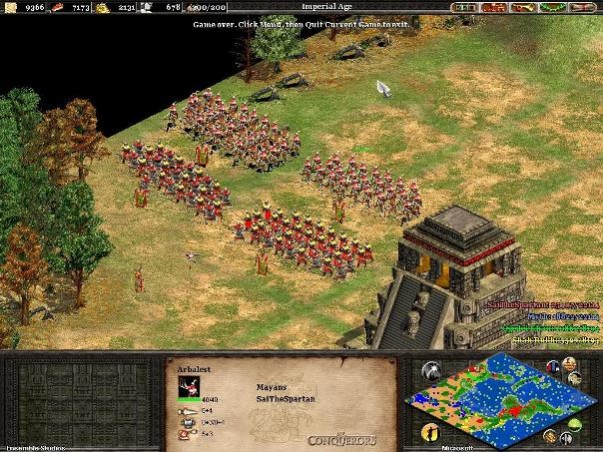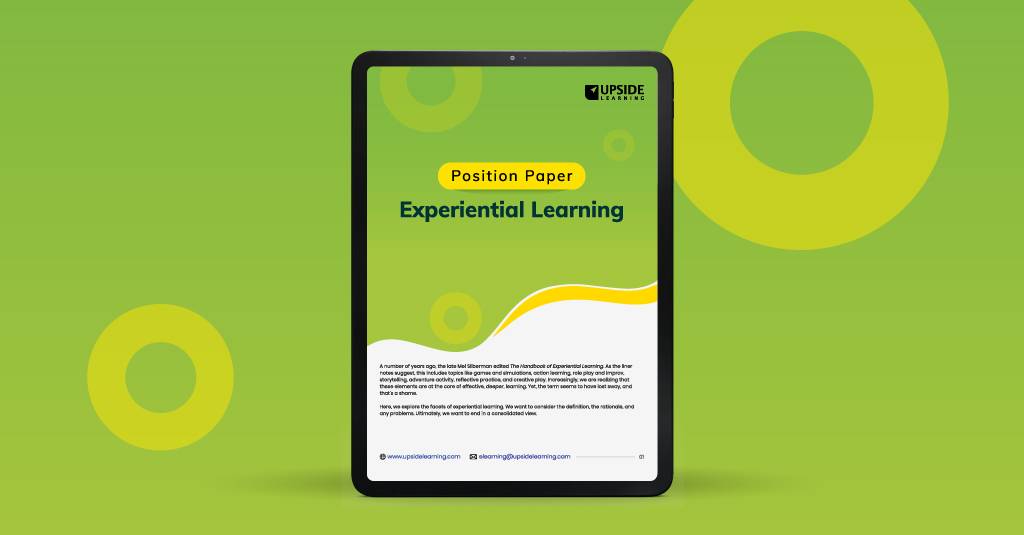Last month our ID team got their feet wet with the learning campaigns in the Age of Empires II – Age of Kings. I’d recommended that all IDs play the game for a few hours to understand how different ‘gamey’ elements are from the conventional ‘interaction’ we use in conventional courseware.
It was quite amazing to see Furrowed brows, a disinclination for conversation, intolerance for interruptions, and a general reluctance to stop playing at the end of the day; they were engrossed in the game-play. When they did manage to quit playing the game, what most of them did first was to compare notes on how we dealt with the challenges in the environment.
Image Source: Age of Empires (Microsoft Game Studios)
For some of us, this was a first experience with AoE; for others, it was a revisit after a similar training activity about a year back. Whatever the level of exposure, each experienced same experience – total engagement.
In our weekly instructional design team meetings the following week, we discussed our impressions, and what makes AOE offer such meaningful interaction and engagement.
Here’s a recap:
1. Good storytelling grips you – from the moment the game starts with a cinematic, to the way the story is woven into the game itself.
2. Visuals – good quality visuals that are appropriate and relevant to the context enhance the story.
3. Exploration – the ability to explore the environment, and the variables in it, the relationships that govern them and discover how your actions change the variables and the relationships adds a crucial element of surprise.
4. Cues – their placement and type, both are important. There were both audio and visual cues.
5. Challenge – the key engagement factor. What held us was the way the difficulty levels built up in stages.
6. Feedback and audio instructions – integrated into the environment, and present at critical moments: when we did something right or wrong, or when we needed to take a decision, or when something in the environment was about to change. Additionally, the tone of the feedback was subtle, whether it was giving encouragement, correction, or hints.
While AOE isn’t about learning, there’s much to be said for the absence of studied moments of practice, supported by an excessively jubilant ‘You’re right!’ or an apologetic ‘Not quite.
7. Transitions – when we advanced to a new age, and new elements were introduced, the transition was very subtle – it didn’t disrupt our familiarity with the environment in any way.
There were some revelations:
As learners trying to understand the mechanics of the game and its engagement (what makes it gamey), we realized that we’d picked up so much about it, without being told what we should look for. This is in spite of the fact that most of the ID team aren’t really gamers, or expect to be applying game design in the design assignments right away, so you could probably discount that inherent motivation. In the words of one of my team-members “…we learned far more than what we’d absorb through structured training, because the principles are being understood and learning through game instances and our own reaction to them.”
At the second level, we looked at the design of interaction itself:
1. What most of us in the eLearning domain call ‘interaction’ are user-controlled onscreen elements to reveal or move around content (like a drag-and-drop). What a game designer would call an ‘interaction’ is the interface between an individual and an environment. So the team decided to call the former ‘interactivities’ and the latter ‘interactions’ for our own reference.
2. Looking at their purpose, we also realized that standard eLearning interactivities are methods of presenting content, and therefore should be looked at as media design elements. Interaction, on the other hand, is used to create an environment with rules, allow the user to interact with it, and the freedom to manipulate its elements.
3. Considering learning outcomes, interactivities are used for direct presentation of content where the outcome is knowledge and comprehension. But when you need to teach how to apply principles, and the application environment needs to vary, an interaction is recommended.




















